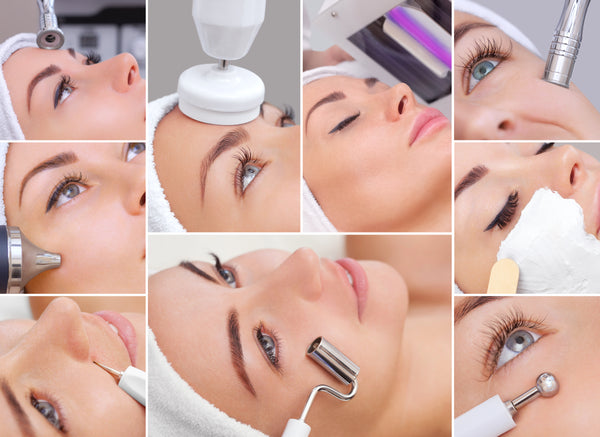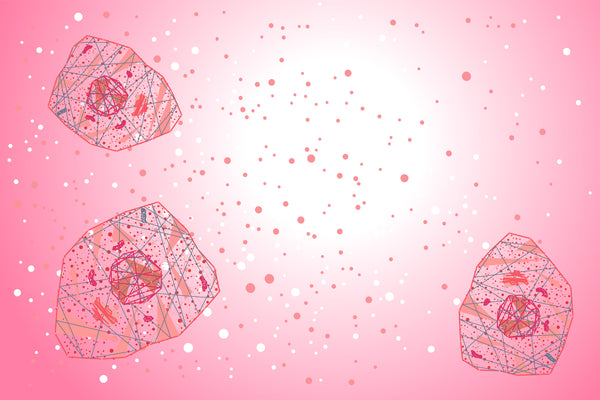Hyperpigmentation, a discoloration of the skin that shows up as dark spots or patches, is a concern for many people. It can be caused and triggered by various factors such as inflammation, hormonal response, and sun exposure. There are three main types of hyperpigmentation that manifest in different ways. Melasma, sometimes referred to as chloasma or pregnancy mask, shows up as dense areas of pigment in the central third of the face. Sun-induced pigmentation is more sporadic and presents as spotty discolorations commonly seen on areas of excessive sun exposure including the bridge of the nose, cheeks, and forehead. Post-inflammatory hyperpigmentation (PIH) develops from trauma to the skin and is associated with inflammation. Regardless of the type of pigment, it all starts with a process known as melanogenesis, which produces melanin to protect the skin.
The process of melanogenesis is complex. First of all, the cell that is responsible for producing melanin is the melanocyte. The melanocyte is a cell with dendrites which are extensions, similar to branches of a tree. Melanocytes lie in the basal cell layer of the epidermis and are triggered by inflammation and/or hormonal response. Although the number of melanocytes is similar in everyone those with darker skin types are highly reactive and easily stimulated by these triggers.
The melanogenesis process starts with the activation of tyrosinase, a copper-containing enzyme. It produces melanin from tyrosine through oxidation, similar to what happens when an apple turns brown after exposure to oxygen in the air. Tyrosinase binds with tyrosine and goes through a chemical process that produces either pheomelanin or eumelanin. Pheomelanin is a reddish-yellow color and eumelanin is a brownish black color. The melanin produced through oxidation is then packaged into melanosomes which are organelles responsible for the melanin’s transport and storage. The dendrites of the melanocyte then carry the melanosomes to the keratinocytes in order to protect them against possible damage.
The best outcomes for pigmentation come from a combination of home care products and in-office treatments. First and foremost, sun protection is a must for attaining and maintaining results. If a client is not willing to protect their skin from the sun, it is best not to treat them. The pigment will likely get worse if sun exposure were to occur following corrective treatments. Regardless of the type of pigmentation, the essentials are Vitamin A, Vitamin C, skin brighteners, and of course sunscreen. Vitamin A, known as a skin normalizer, has been shown through scientific research that it normalizes the healthy functions of the skin including melanin production. Scientific research has also shown that Vitamin C is a potent antioxidant that reduces the effects of outside aggressors that trigger melanogenesis and also has skin-brightening properties.
While tyrosinase inhibitors are most common, skin brightening products work best when various ingredients are used to stop the multiple steps of pigment production. Some additional ingredients include biobenefity, princess care, clariju, neem leaf liquid, and honeybush extract. Science has also shown that these ingredients work on other aspects of the process including inflammation, the transfer of melanin to the melanosome, and the melanosome transfer to the keratinocytes. Addressing all the steps of the melanogenesis process will give you the best chance of combating this stubborn condition.



0 comments